Wheeleez® polyurethane balloon wheels are about to be challenged again. This time two UK scientists – Rosie Stancer and Pom Oliver will endeavour to cross the Aralkum Desert on foot. This desert, once the Aral Sea in Kazakhstan, has been rapidly growing since the 1960s. Where a beautiful natural body of water once stood now lies one of the world’s youngest deserts.
The aim of this expedition is to highlight to the world just how severe human impact can be on the Earth’s resources, with very real repercussions being seen right before our eyes.
Our Wheeleez® tough ‘go anywhere’ polyurethane balloon wheels will be used to carry the scientists’ equipment and water supplies across the desert. The terrain that will be encountered on this expedition will be far from easy, with sand and mud flats giving way to grit and rocks throughout the 600-mile journey.
Rosie putting the new custom-made carts (with 4x 49 cm Wheeleez® wheels) through testing with a 120 kg payload.
Wheeleez® wheels are the clear choice for these explorers: With shock absorbing qualities and a large contacting surface area, make these wheels ideal for such unpredictable terrain, and the high load capacity means that they won’t struggle to carry the immense amounts of water needed for the scientists to make the trip.
The two scientists will each be pulling their own custom-made carts which will be laden with the supplies they’ll need to complete the journey. Despite intense training leading up to the expedition to help the women get into peak physical shape to do this, the carts will still need to be as easy to manoeuvre as possible to help them on their way. This is where the balloon wheels come in handy – by having an extremely high load capacity, whilst also being air-filled, these wheels are as light as possible and can float across the desert with ease!
These carts have been dubbed their “Ships of the Desert”, echoing the emotive images of erstwhile fishing boats left stranded and decaying on the seabed.
Why is this expedition so important?
The primary aim of this expedition is to raise awareness of how important environmental conservation is in the face of commercial and consumer appetites. The Aral Sea has withered away to almost nothing over the past 60 years as a result of water being redirected by the former Soviet Union from the two rivers that fed it. This was done out of a need for faced-paced consumer goods including rice, melons, cereals and cotton. [1]
As a result of the lake bed being exposed, dust, polluted with excessive amounts of pesticides and fertilisers, blows across the region damaging crops and human health. Infant mortality is consistently the highest in the Aral Sea area out of all former Soviet Union regions. Pesticides from the Aral Sea can be found in the blood of penguins in the Antarctic and dust can be found on Greenland’s glaciers, in Norway’s forests and on Byelorussia’s fields thousands of kilometres away. [2]
Since then, the Kazakhstan government has built the Kokaral dam in an attempt to restore some of the life that has been lost to the area. The impact of this and other measures being taken to combat desertification will be observed during the expedition [3]. A photographic exhibition will be held at the gallery of Royal Geographical Society in London to showcase what’s found once the expedition is complete.
Good luck, Rosie and Pom!


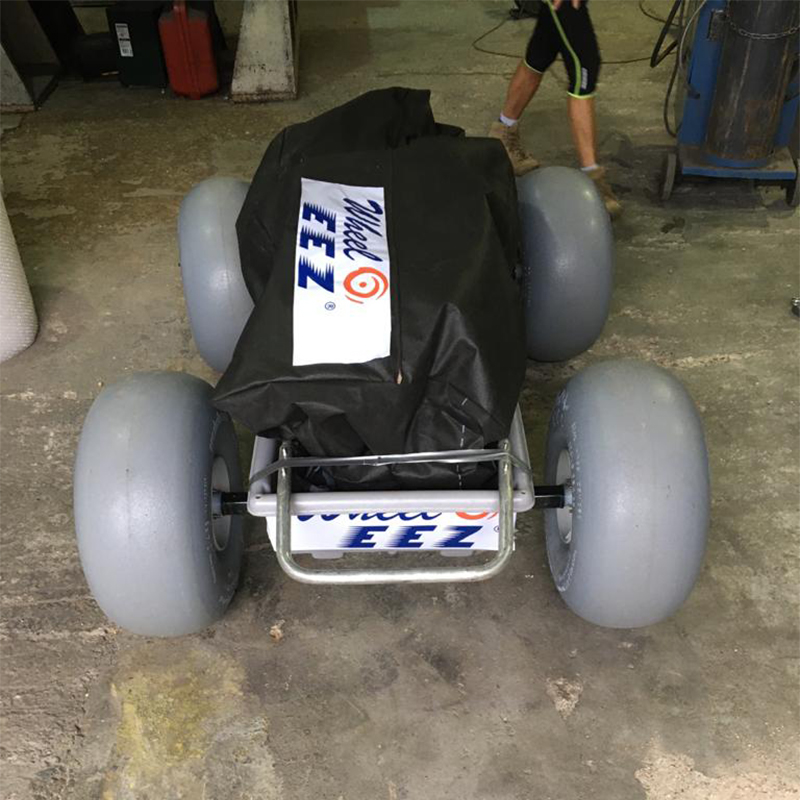

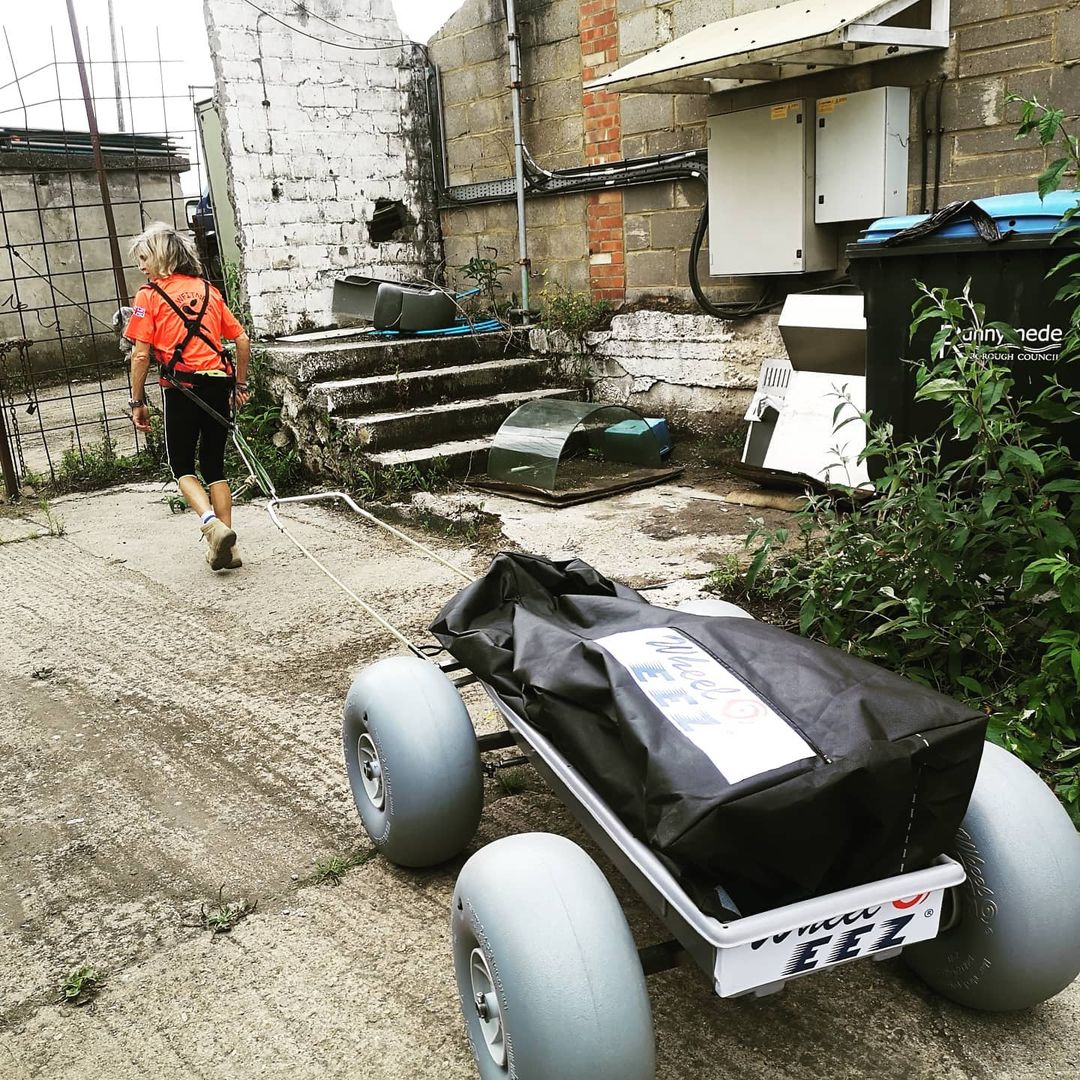



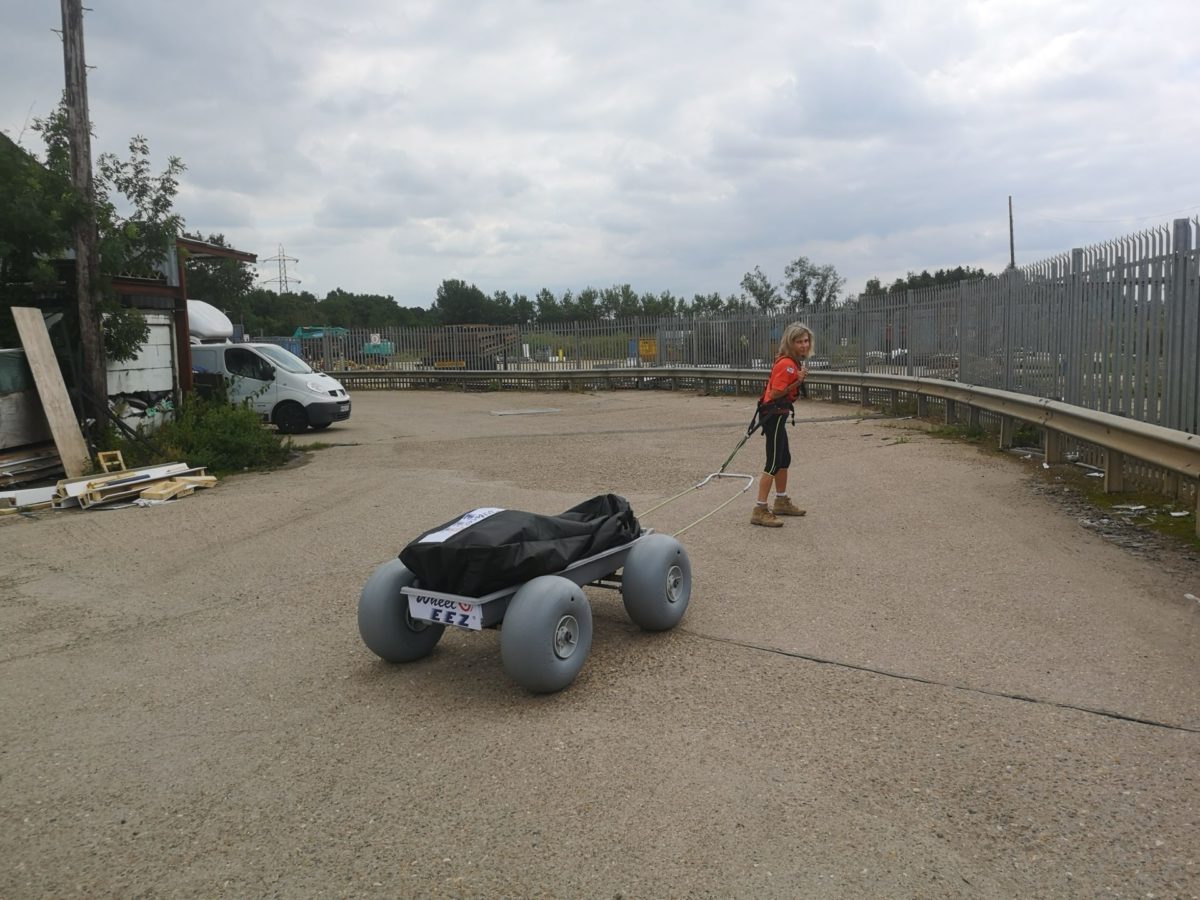
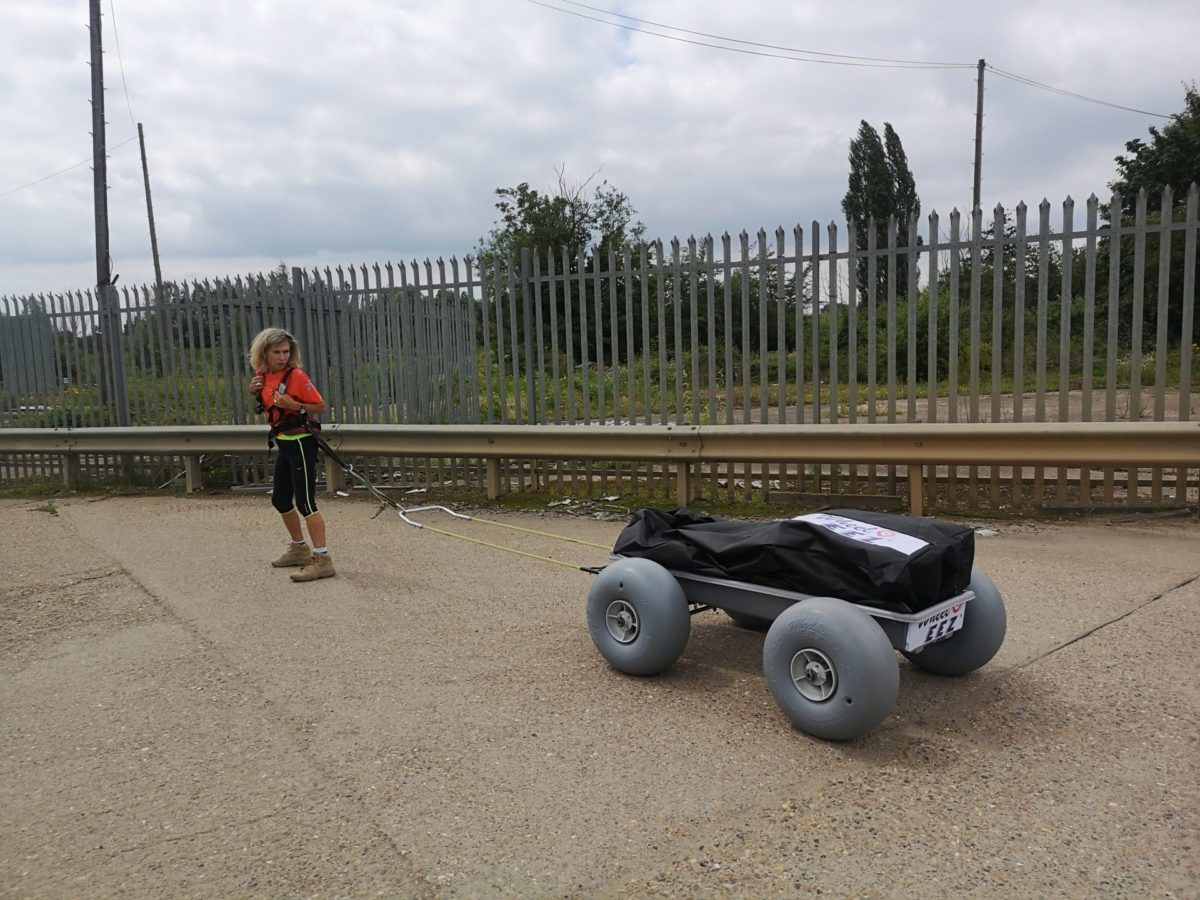
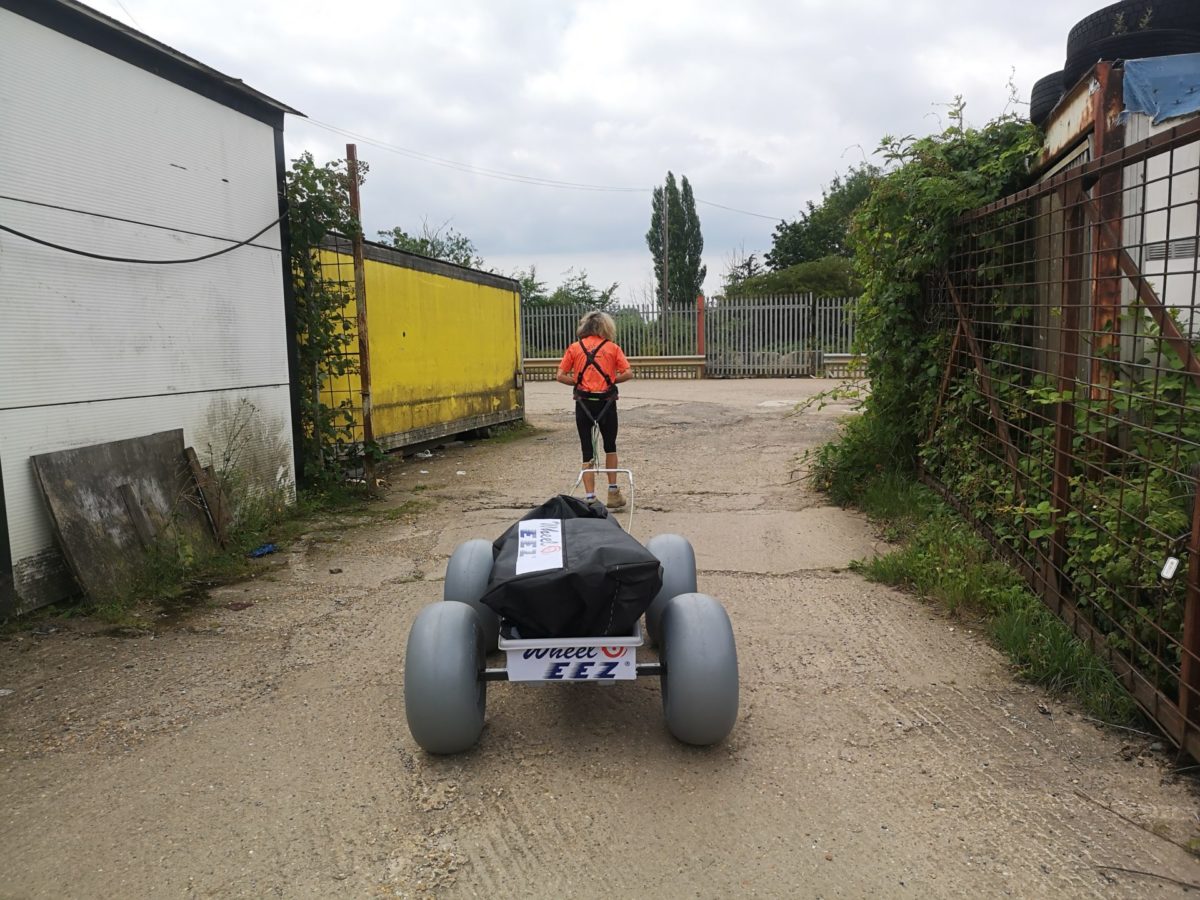

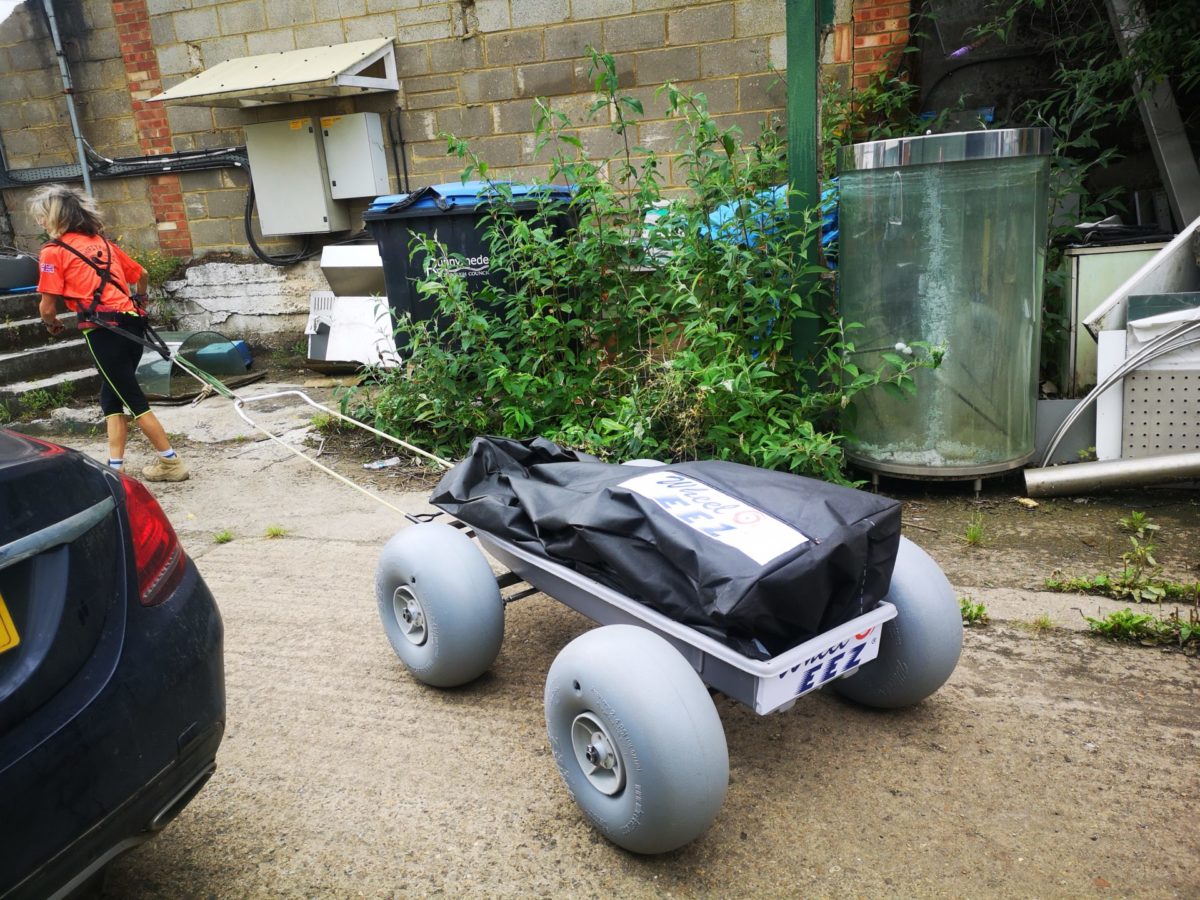
Leave A Comment